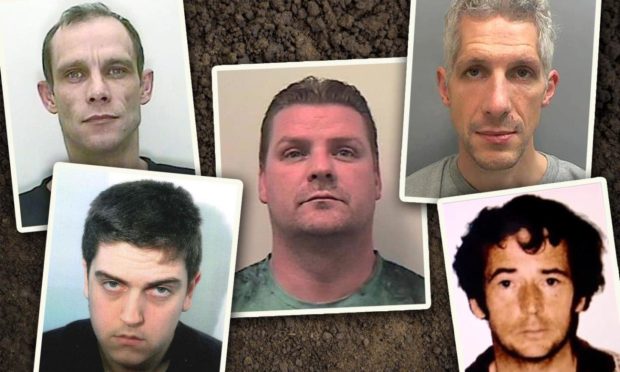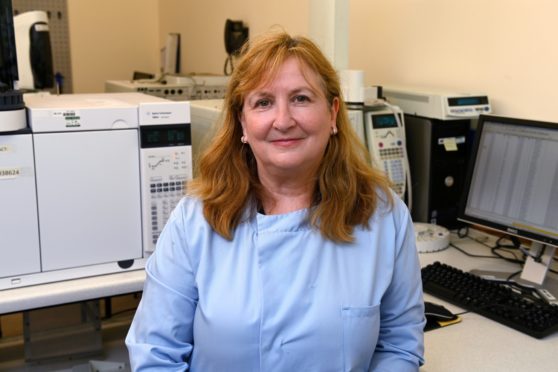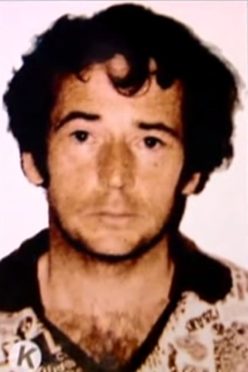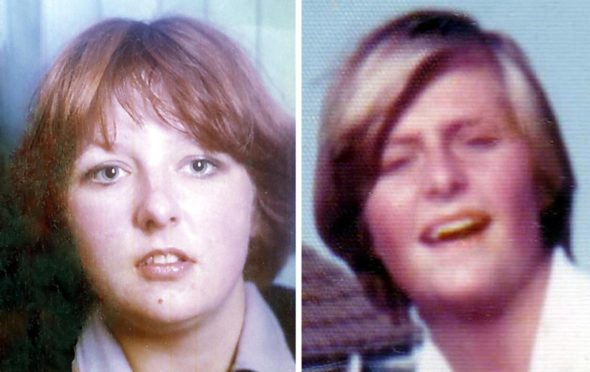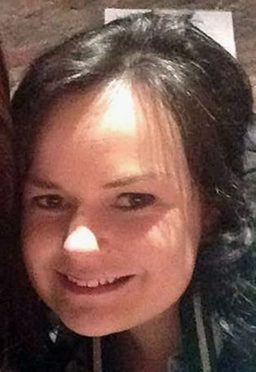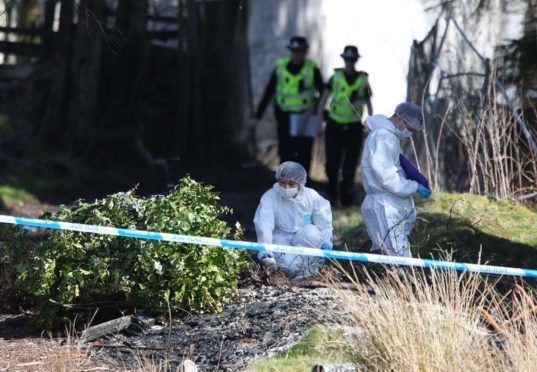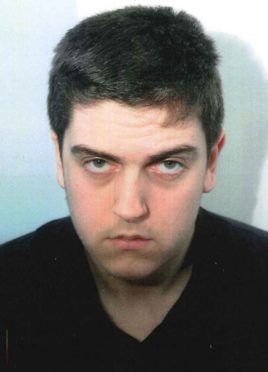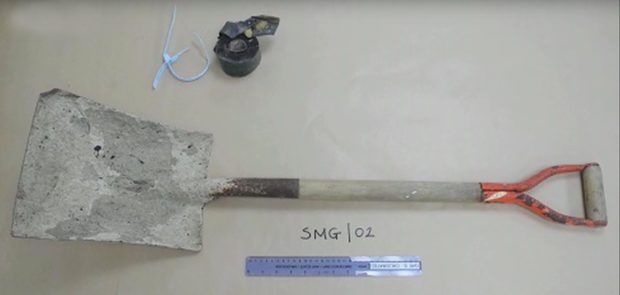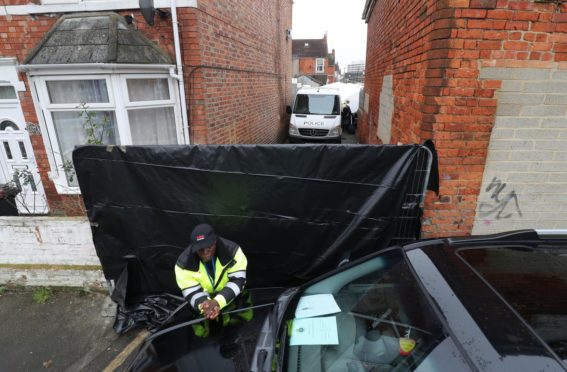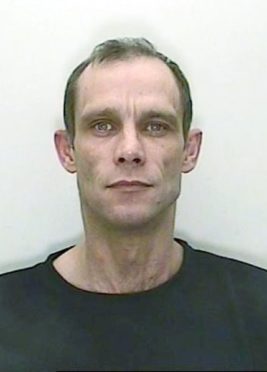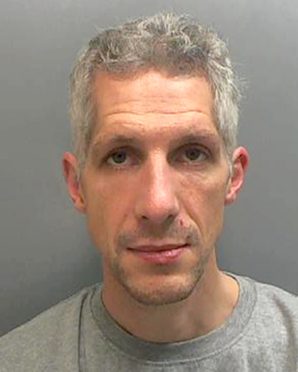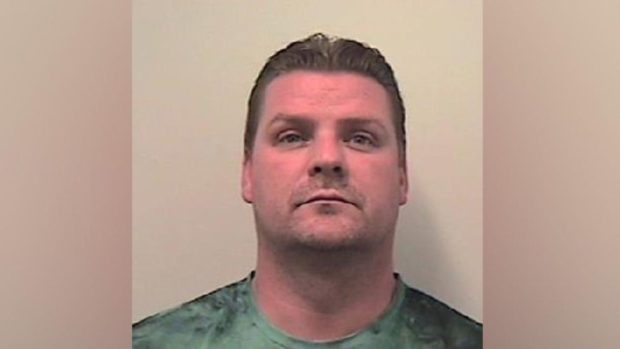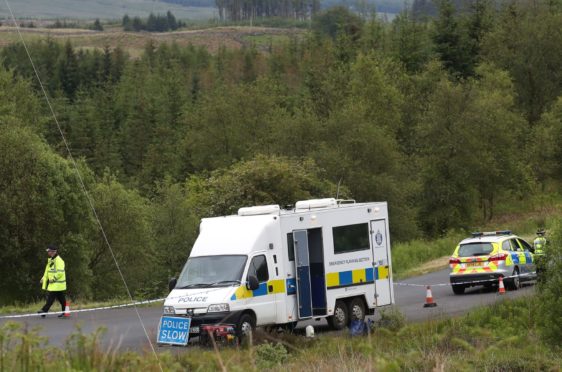A devious double murderer and a cold-hearted killer cop are just two of the UK’s most infamous criminals snared by the skills of north-east scientists.
Aberdeen forensic soil scientist Professor Lorna Dawson and her team have used their expertise to help crack some of the highest-profile murder cases in history.
Professor Dawson, who was awarded a CBE in the Queen’s birthday honours in 2018, and the scientists at the Aberdeen campus of the James Hutton Institute have been involved in more than 100 cases.
One of the most notorious cases the scientists helped crack was the 1977 World’s End murders.
The name was coined because victims Christine Eadie and Helen Scott, both 17, were last seen leaving the World’s End pub in Edinburgh.
Soil from victim’s feet ‘refuted’ alibi
Prime suspect Angus Sinclair was acquitted of their murder in 2007, but was found guilty in 2014 when the law on double jeopardy – being tried for the same crime twice – was changed.
Christine and Helen’s bodies were found six miles apart the day after they went missing – Helen in a field at Coates Farm, near Haddington, and Christine at Gosford Bay.
Professor Dawson, who is head of the soil forensics group at the institute, said: “We had been asked in 2003 to look at the samples in the World’s End case.
“We looked at samples from the feet of Helen Scott. We could analyse them and show that she had been in contact with soil not only in the place she was found – the wheat field – but also on the grass at the side of the road where she eventually met her death.”
Professor Dawson said that piece of evidence, coupled with the DNA on her coat, completely refuted the alibi of Sinclair, who said he was away fishing at the time.
Sinclair, who died in 2019, was jailed for 37 years – the longest sentence handed down by the Scottish Courts.
Link from footwear and car proved vital
Professor Dawson’s skills were also called on when police were investigating the murder of Irish student Karen Buckley, 24, who disappeared after a night out in Glasgow.
Karen had been on a night out with friends in April 2015 when she met Pacteau outside a nightclub. He drove her to nearby Kelvin Way where he killed her.
Her body was discovered at High Craigton Farm, near Milngavie.
Professor Dawson said “I looked at his shoes and the vehicle that he used. It did not go to trial because he pled guilty when presented with the evidence that had been gathered.
“Soil was a part of that. It linked his footwear to the farm where she was eventually found in the barrel.
“The soil that was on the wheels and underside of his car linked to the farm track.”
‘It helped piece together what happened’
“That helped piece together what happened to her. There was lots of other evidence, such as CCTV, and they found the spanner in the canal which had his and her DNA on it – the evidence was overwhelming.”
“Thankfully he pled guilty so that meant her family did not have to go through that trial.”
Pacteau was jailed for a minimum of 23 years for her murder.
Meanwhile, soil samples on tools in a garden shed helped catch Swindon double-murderer Christopher Halliwell after a police procedural error almost cleared him of the crime.
The taxi driver was being investigated for the 2011 murder of Sian O’Callaghan, 22, and led detectives to a field in Eastleach, Gloucestershire where officers found the headless body of Becky Godden.
She had gone missing on January 3 2003 after getting into a taxi outside a nightclub.
However, due to the fact he was only cautioned and read his rights after he’d taken detectives to the field the charge against him for the murder of Miss Godden had to be withdrawn.
Even though he had led police to the burial site, that part of the evidence was deemed inadmissible.
In 2014, two years after he had been jailed for 25 years for the murder of Sian, his former home in Swindon was searched and items of interest were found – including a spade in his shed.
Even though there was nothing to connect Halliwell forensically to Becky’s remains, Professor Dawson and her team proved that the geological characteristics of the field where she was found were unique.
She said: “We showed that the soil on tools found in his garden shed was the same soil where her body was found.
“He had taken police to the location where her body was found but it was not allowed to be released as it wasn’t under caution.
“So this was physical evidence that linked his tools to where Becky was found.”
After Halliwell was re-arrested in 2015 he told police he would accept responsibility, and the double killer was ultimately given a whole life order – meaning he will die in jail.
The ITV drama series A Confession was later made about the Halliwell murders.
Cop wife-killer caught by shoes in a wheelie bin
A pair of shoes found in a wheelie bin snared a police officer who had killed his wife.
Great Manchester police inspector Darren McKie murdered his detective constable wife Leanne and discarded his trainers in a bin as he walked back home from where he hid her body.
Her remains were found in Poynton Lake, Cheshire, and despite his denials that he had murdered his wife, the samples from the soles linked McKie to the scene.
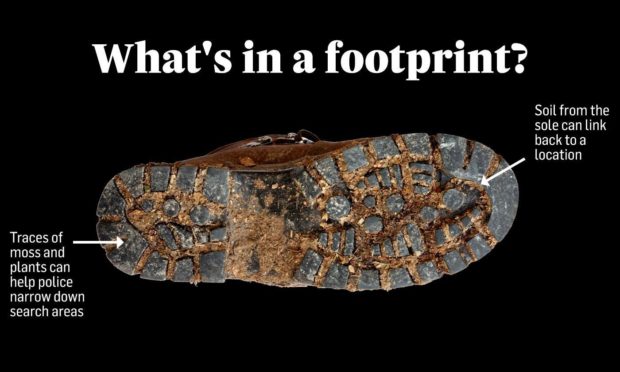
Professor Dawson said: “They found his shoes in a wheelie bin along a route he said he had been searching for her.
“I looked at the soil on those trainers and there were several deposits and one was comparable to the soil at the edge of the lake where his wife’s body was found.”
Nine days into the trial, McKie admitted manslaughter – though ultimately he was found guilty of her murder.
Professor Dawson worked on the case alongside with DNA testing firm Cellmark Forensic Services.
She said: “The biologist from Cellmark gave evidence as well and it was shown from the biology that his DNA was on her car. She found the wife’s DNA on his trainers. Both myself and colleagues from Cellmark gave our evidence.
“He then stood up and admitted killing his wife.”
He was jailed for a minimum of 19 years.
Clues on shoes narrowed down location of body
More recently Professor Dawson and the team were involved in the investigation into the disappearance and death of Emma Faulds, 39, from Kilmarnock.
Tiny traces of soil and vegetation on the footwear of former prison officer Ross Willox helped search teams find Emma’s body in the vast Glentool Forest in Dumfries and Galloway.
Willox had killed her in April, and her body was found six weeks later after a massive search effort.
Professor Dawson said: “It was really good to be part of the Police Scotland team to be invited in right at the beginning – that works best as part of the forensics strategy. At that intelligence stage when Emma went missing we were sent the boots.
“They had been looking at them for the biology and we rushed through the examination and identification of the plants that were on his shoes. That narrowed it down – it gave let them prioritise the type of habitat to look at.
“So they were able to shift their search areas from drier heathery places to one that had mosses, rushes and grasses.
“I was invited to the scene to help take reference samples. I could see that same environment I had seen when I had looked at the soil and vegetation on his boots.”
‘Police did fantastic job’
“The police did a fantastic job with the police dogs in finding her very quickly so she could be returned.”
Professor Dawson said of the analysis of Willox’s Timberland boots: “It was quite clear the soils on his footwear was indistinguishable to where she was found.”
To watch the team at work in the lab click here
